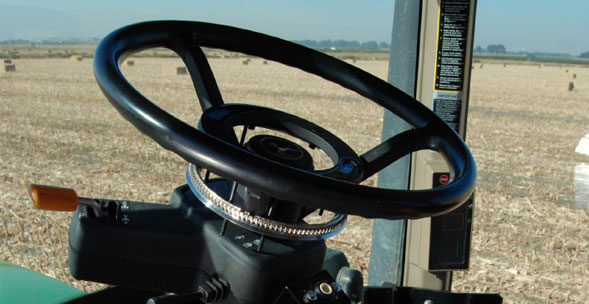
Problem solving is what many of us do all day everyday. But if we solve one problem by creating another, we still have work to do. And sometimes that second problem is bigger than the original issue. This is a dilemma faced in the new era of precision agriculture and robotic farming where the equipment designed to solve certain problems, brought many of their own. Bishop-Wisecarver took on these new design challenges to ensure reliable autonomous motion in this specialized equipment that has to work 24/7 in harsh and extreme environments.
“The goal of precision agriculture is to reduce yield variability due to soil, climate or labor changes, but all this is mitigated if replaced with new variability in autonomous equipment performance. Bishop-Wisecarver’s job in providing the equipment behind autonomous technology is to ensure the equipment isn’t reintroducing disruption back into the agriculture process,” said Alex Marques, Associate Product Manager, Bishop-Wisecarver.
In a recent webinar with AUVSI (The Association for Unmanned Vehicle Systems International), Alex discusses how and why the reliability of guided motion systems is key to solving problems in precision agriculture equipment without adding new issues. Equipment manufacturers are enhancing the durability and ease-of maintenance with designs that keep autonomous equipment running long-term, in extreme and debris-heavy environments.
Three main areas where guided motion is currently found in agricultural equipment include:
Single axis probing operations, such as in soil sampling robots
Multi-axes picking and harvesting
Curvilinear (curved + straight track) conveyance
“If you don’t have reliability, it defeats the purpose of having an automated system,” said Alex. Check out the webinar for more insight on ensuring reliable guided motion products for any precision agriculture need.

